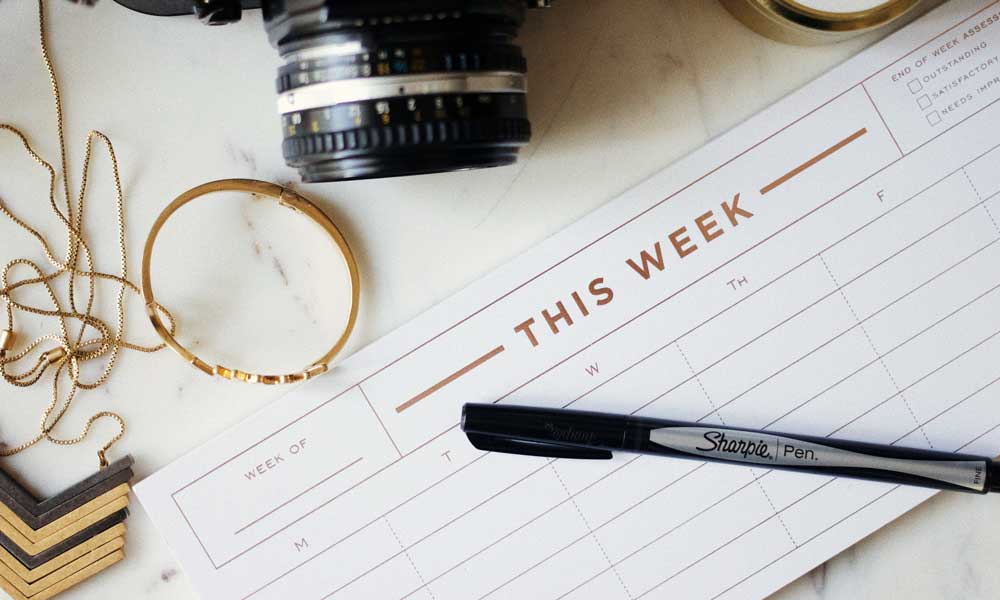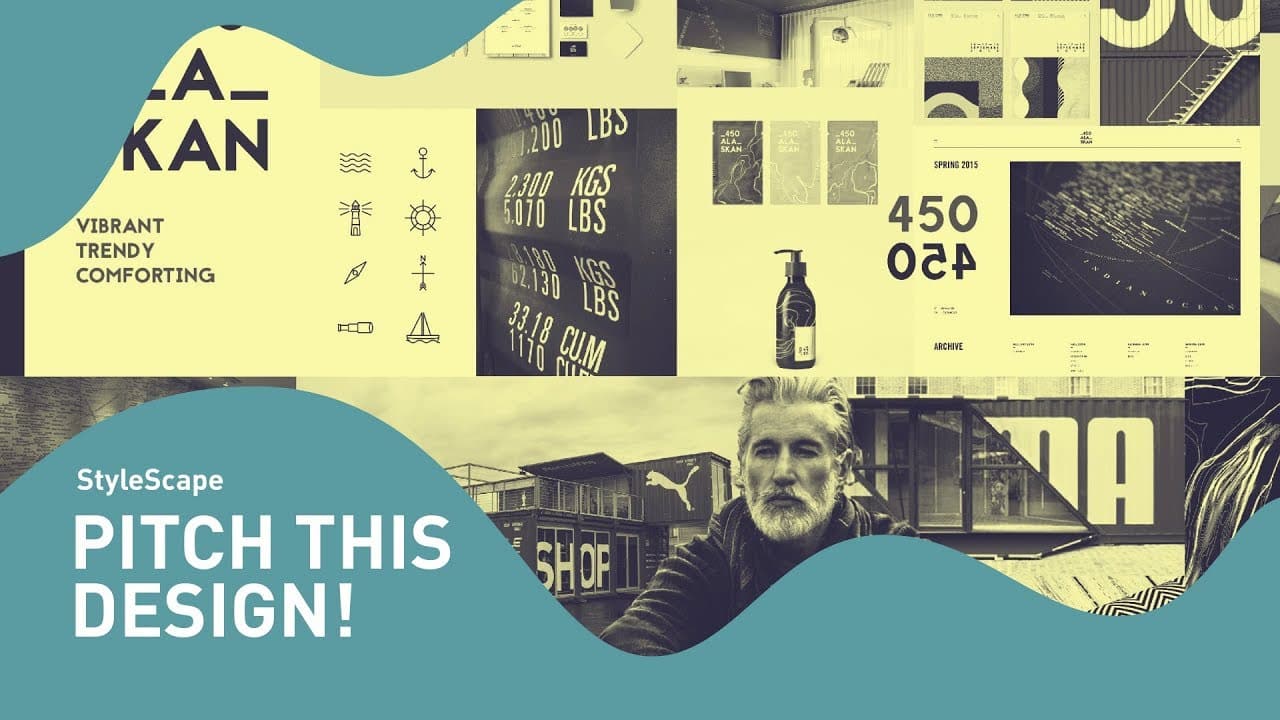
02 Feb 7 Tips to Optimise your Freelancing Design Business
7 Tips to Optimise your Freelancing Design Business
Running a Freelancing Design business is a liberating, albeit daunting prospect.
There are fantastic opportunities to exercise our creativity along with incredible opportunities to connect with like-minded people.
However, it isn’t easy to get into straight away, and there are a few issues we must face to get ahead.
We want to do the best we can for our clients, but it takes extraordinary strength of will to maintain self-discipline.
Often we’ll work more extended hours than we would in regular jobs to the point of exhaustion.
It’s a scary thought that it is down to us which means we often forget to protect ourselves.
Working a regular job means a certain distance between the customer and us, but this boundary is somewhat diminished when running a freelancing design business.
We’re not accustomed to saying no, and the fear of losing our means of income can make us agree to things that might not be in our best interests.
Here are seven key areas to ensure that we can create a professional freelancing design business that works for both the client and us.
1 – Finding Clients

As any gold miner would have said, prospecting is a massive part of the process.
Likewise, trying to find the right clients is a meticulous, time-intensive process.
There’s a temptation to take the first client that comes your way.
However, if you get it wrong, it can have a detrimental effect on your business further down the line.
Before you even start preparing your marketing strategy, you should identify your niche.
Take a good hard look at your portfolio, what it is that you offer and where your strengths and weaknesses lie.
From this, you can start to build a brand around your business.
Having created a brand, you can begin advertising, paying close attention to your target audience’s behaviour.
Create meaningful and enticing campaigns drawing on research on your competitors.
You might find it useful to partner up with like-minded individuals.
Though you want to maintain a competitive edge, you’ll find that there are always other freelancers who are ready to give you the benefit of their experience.
Ensure that you have dedicated social media and email accounts.
With your brand in mind, keep an official email address, Facebook page, and Twitter.
These will legitimise your business in the mind of your client.
2 – Understanding Client’s Needs

Once you have found your first client, you might be tempted to rush and take the job.
However, it’s wise to hold fire and ensure that your client is clear about what they want.
Also, you should give yourself the opportunity to reflect on whether you can deliver on their needs entirely.
A thorough consultation will help you discover early on the nuances of the project and form an idea of how you will approach it.
Your client is a direct employer, and like any employer, you should consider their personality and ethos before leaping in.
They may also have a misunderstanding about your offer.
There’s no point in wasting each other’s time at this stage, and if you can’t meet their needs, you should be honest with them and yourself about it.
Much like any other business, you should retain a professional, service-driven attitude with your potential clients.
In looking for clients, you should be looking for long-term gains, whether it’s a long project or if it’s a short project, a glowing reference that you can use later on.
3 – Managing Expectations
If you’re sure that you can deliver on the client’s needs, you should start crafting a pitch.
This is your opportunity to ensure the client understands your processes and helps you manage their expectations.
Everything that goes into your pitch should excite and inspire your client, but should also be deliverable.
Be clear about how you intend to carry out the work.
Often, clients will try to guide the conversation, which is fair, but you should also ensure that you are an active participant in the discussion.
A freelancing design business project is a mutually beneficial process, and you should make sure that you get as good as you give.
Once you’ve established how the project will be executed, it’s time to write all down and set it.
Ensure you have everything in writing, from the fee to be paid, the milestones and deadlines to how many drafts you are prepared to offer.
This is an incredibly important part of the design process: it is the benchmark to which you refer back to when the project is completed.
4 – Establish Useful Work Habits

Once you’ve agreed upon terms with the client, you can get started on the project.
However, before you do, you should get your work habits in order.
It’s crucial to get your workspace and attitude set so that you can deliver on the promises you’ve made in your pitch.
Ensure that you have all the equipment you need and that all of it is working.
Take a look around your workspace and check that it’s both comfortable and professional.
Check also that you are going to be free from distraction so you can avoid the ever-looming spectre of procrastination.
Take a look at the project itself and try to break it down into its parts.
Make detailed and comprehensive to-do lists, checking off which you should prioritise as you go down.
This way you’ll find it easier to get through the project without being overwhelmed.
Most importantly, it would help if you established a rigid routine in how you work on the project.
Be realistic about how much you can do each day, especially if you are juggling more than one project.
Develop an understanding of how you work and how long you can concentrate, ensuring that you don’t wear yourself out before getting to the finish line.
5 – Design

Having created a thorough routine and to-do list, you can make a start on the best part of the process – work itself.
Here, it would help if you made good on the promises you’ve made to your client.
Set up a regular catch up session with your client so that you can keep them assured they’ve picked the right freelancer.
“Regardless of your skill and talent don’t expect to get it right the first time. Spend as much time as you can drafting and redrafting, offering sketches and ideas to your client as you go. It’s worth keeping the clients brief handy at all times so you can keep on track,”
Advises Aaron Graham, personal advisor and freelance writer.
It’s easy to get carried away on creative projects, and it’s your skill that has landed you the job.
However, don’t be too extravagant and daring when creating your design.
After all, it is not for your amusement you are carrying out the project – ultimately it is for the client’s audience.
If you feel at any point like you are hitting a brick wall creatively, look for inspiration from your competitors or your friends and family.
Don’t be afraid to ask for ideas from your client either – remember they want it to succeed and will welcome the opportunity to be part of the process.
6 – Review

Ensure that the project is completed on time, every time.
Each project brings with the opportunity for more work, whether with the same client or with others.
Getting the project completed in a timely fashion shows your client and their affiliates your professionalism.
Often, however, your client will have suggestions.
Here you should steel yourself against criticism.
Your attitude should always be that criticism is a useful tool, and also remember that this is no longer your project but a product that the client needs refining.
By now you will have hopefully developed an open, honest relationship with your client to ensure that you end each discussion on the same page.
While most of the time the client’s revisions will be reasonable, occasionally you’ll find clients who might make exploitative requests.
On these occasions, you should remain professional, but also firm.
Review your client’s expectations from the start of the process along with your terms and conditions.
There’s no harm in reiterating what these expectations were at the start, and if the revisions require a great deal of time, you should feel confident in requesting remuneration for them.
7 – Freelancing Design Business Finances

Though running a freelancing design business be liberating and enable you to follow your passion, there are always tedious tasks that need to be completed.
If you have a decent amount of capital to back you up, it would be ideal to hire an accountant to ensure your business is tax compliant.
Most early-career freelancers can’t afford an accountant, however, so you should build book-keeping into your routine.
“Make a habit of keeping receipts and invoices, along with any legal documentation you have. This where a good filing system comes in handy, and you should dedicate an area of your home office to it,”
Says Penny Howard, a financial specialist.
Tax compliance is a serious thing, and government officials are getting better at processing freelancing taxes as the industry grows.
There are numerous websites and services which can help you with this and the consequences of negating this duty can be detrimental.
So keep a clear understanding of your finances and your freelancing design business can continue to grow.
The post 7 Tips to Optimise your Freelancing Design Business is by Stuart and appeared first on Inkbot Design.



